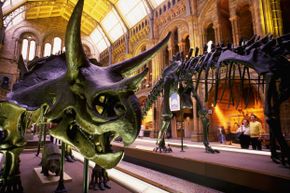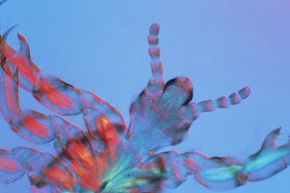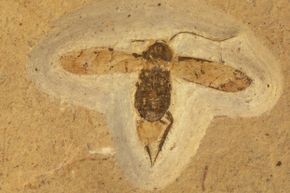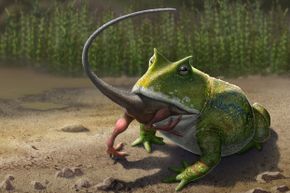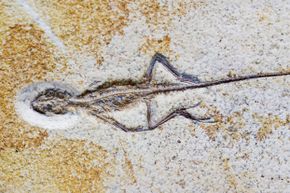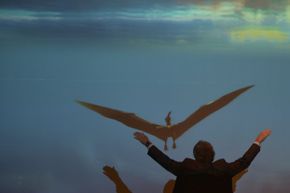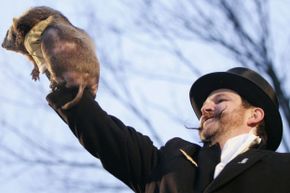Key Takeaways
- The Cretaceous Period hosted a variety of fascinating non-dinosaur animals, including the giant marine reptile Mosasaurus and the enormous pterosaur Quetzalcoatlus.
- Other notable creatures included the massive prehistoric fish Xiphactinus and the early mammal Didelphodon, which resembled a modern opossum.
- This era also featured the giant crocodile Deinosuchus, which was one of the top predators of its time.
It came without warning, fast and furious — a bright light racing across the sky. When it hit, it hit so hard that it changed the face of Earth. Many scientists believe that some 65 million years ago a giant asteroid or comet about 6 miles (10 kilometers) across slammed off what is today the coast of Mexico. Along with all the tidal waves, fires, earthquakes and other assorted disasters it would have generated, the blast would have thrown up dense clouds of dust and rock that darkened the sky, eventually chilling the planet almost to its core and killing 70 percent of all living species.
The collision also marked the end of the Cretaceous Period. Beginning about 145 million years ago, this period represented the final chapter in the age of the dinosaurs. It was the time of gigantic sauropods plowing through forests, and pterosaurs and huge, feathered birds darkening the skies. Tyrannosaurs also bounded across the planet, as did triceratops and stegosauruses. However, as the supercontinent Pangea shredded, new coastlines emerged, temperatures spiked, then cooled, and ocean currents changed. As a result, new habitats for new animals appeared. Flowering plants took root, and forests of conifers emerged.
Advertisement
As this change began occurring, dinosaurs started sharing the world with more diverse species. In fact, many animals that aren't dinosaurs thrived during the Cretaceous Period. Some are still with us, although they've gone through millions of years of evolutionary changes. Others are long gone. Some may shock you. Others will make your skin crawl. Here are 10 of them.
